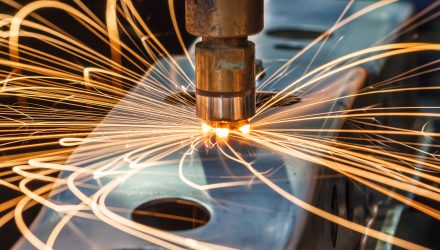However, as time progressed, metal fabrication played an even more crucial role in society. Metal fabrication offers aesthetic appeal, heat resistance and cost-efficiency, among its benefits.
As such, companies that offer it typically find they deal with clients from numerous industries. Although many metal fabrication facilities are expansive, smaller operations exist too. Some cobot manufacturers specifically appeal to clients that face challenges related to space limitations.
In 2017, Universal Robots and ARC launched the first integrated cobot system for metal inert gas (MIG) welding. It’s called the SnapWeld Collaborative Robot Welding Package, and it assists small-job shops that want to expand their operations by deploying the equipment in existing manual welding booths instead of making space for new machinery.
Programming the cobot is also extremely simple. To use the technology for stitch welding, users grab the cobot arm and move it to indicate the start and stop points, as well as the number and length associated with the stitch weld. This method allows programming the cobot in a matter of minutes instead of hours.
Moreover, small operations benefit from cobots by using them to scale up or back as needs dictate. They no longer have to buy massive equipment that only performs one task.
Some even have components powered by artificial intelligence (AI), so they get smarter with use and don’t require repetitive setup processes before beginning new kinds of work.
These advantages apply to small businesses of all types, and not just those in the metal fabrication sector.
Still in the Early Stages
The use of cobots in metal fabrication or other sectors is still new compared to other kinds of robotics technologies.
Besides the applications mentioned above, others will undoubtedly arise as new models arrive on the market and companies explore diverse ways to incorporate them into workflows.
For more investment strategies, visit ETF Trends.
